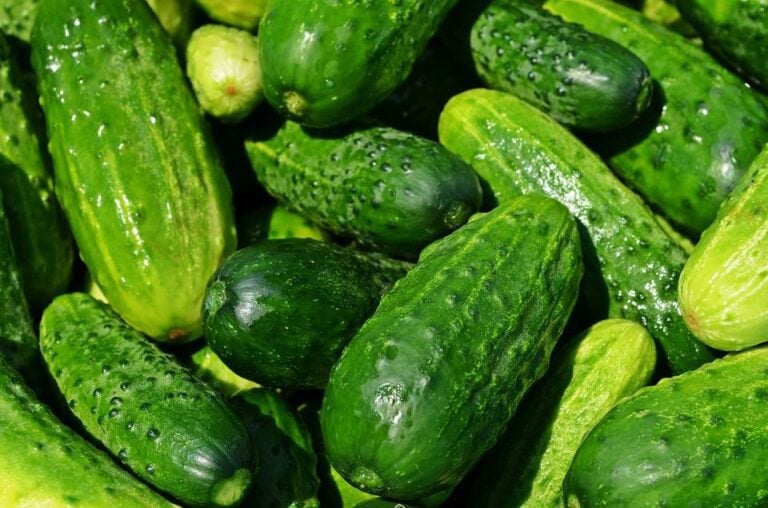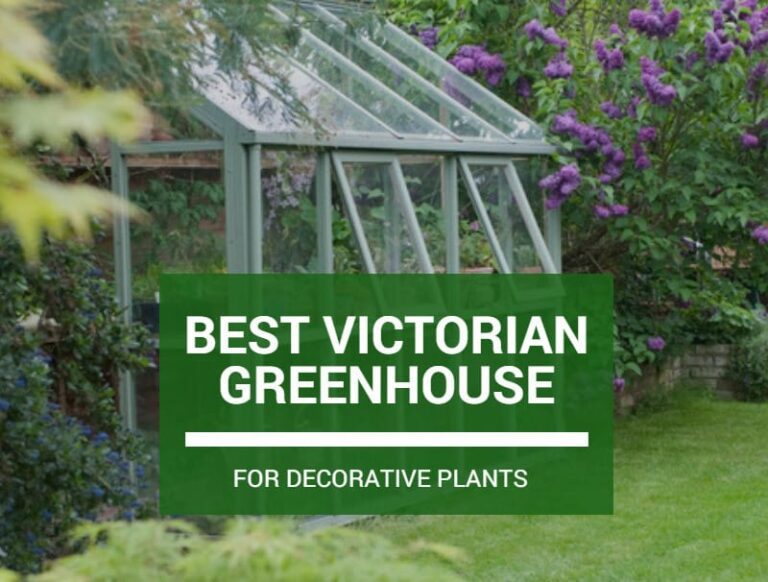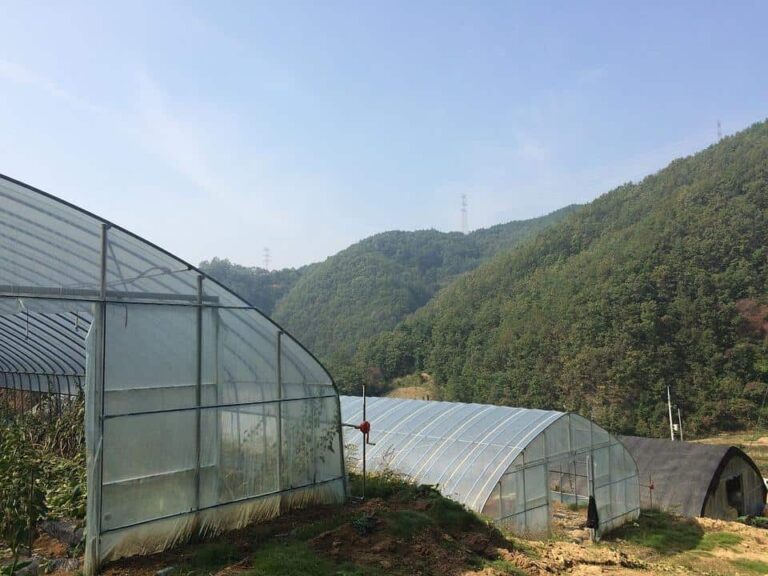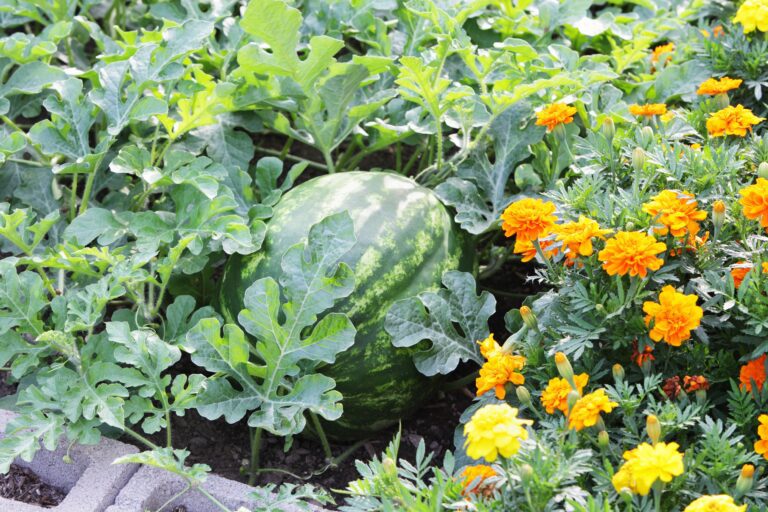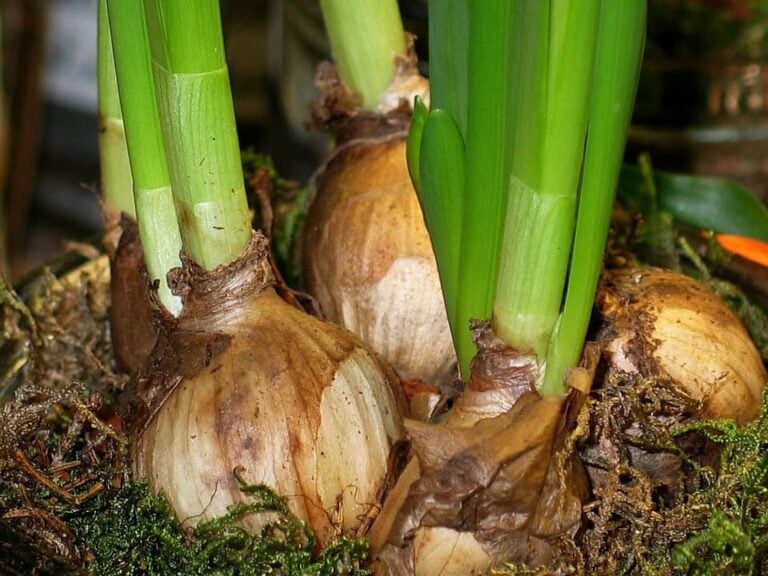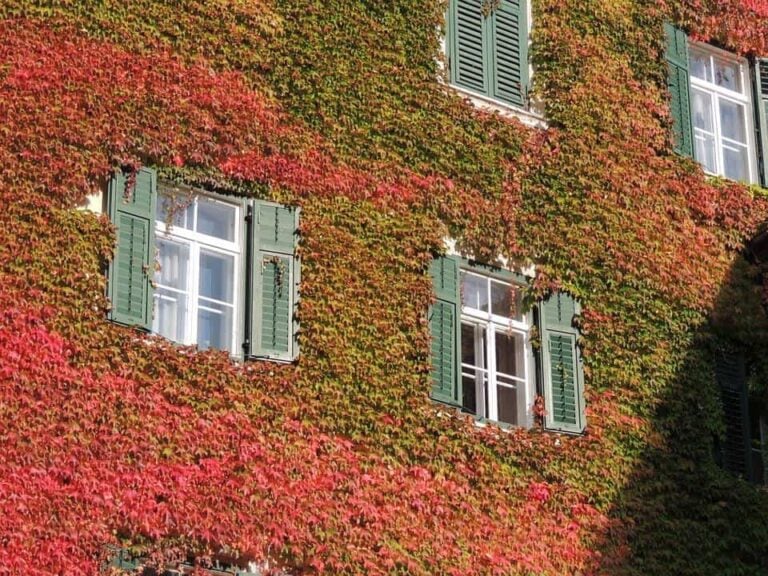How to Grow Potatoes Indoors: A Step-by-Step Guide
If you’re interested in growing your own food, potatoes are a great place to start. They are easy to grow and can be grown indoors all year round. In this article, I will share with you everything you need to know about how to grow potatoes indoors, from selecting the right container to harvesting your crop. I even have a couple recommendations to get you started quickly!
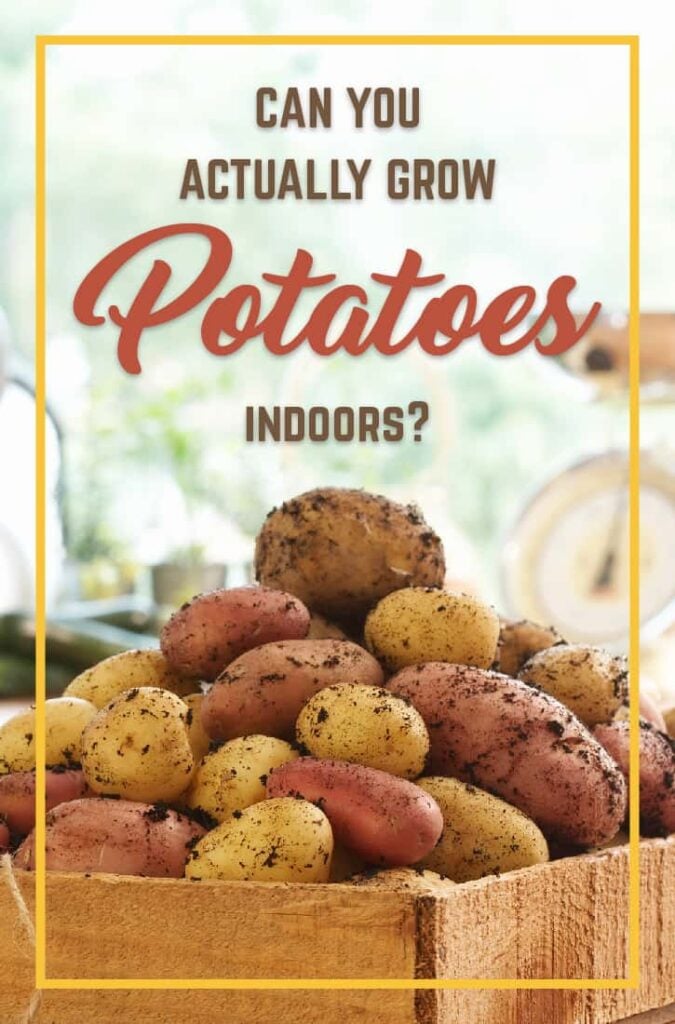
Whether you buy a kit or use a combination of purchased supplies and items you have around the house, you’ll find growing potatoes indoors very rewarding.
Table of Contents
Selecting the Right Container
When learning how to grow potatoes indoors, selecting the right container is crucial. The container you choose should be able to provide enough space, drainage, and aeration for the potatoes to grow properly. In this section, I will discuss the key factors to consider when selecting the right container for growing potatoes indoors.
Size and Depth Considerations
The first thing to consider when selecting a container is the size and depth. Potatoes need enough space to grow, so you will need a container that is at least 12 inches wide and 12 inches deep. A container that is too small will restrict the growth of the potatoes, resulting in smaller yields.
When it comes to depth, the container should be able to accommodate the growth of the potato plant. As the plant grows, you will need to add soil to the container to ensure that the tubers are covered. A container that is too shallow will not provide enough space for the potatoes to grow.
Drainage and Aeration
The next thing to consider when selecting a container is drainage and aeration. Potatoes need well-draining soil to prevent waterlogging, which can lead to root rot. The container you choose should have drainage holes at the bottom to allow excess water to drain out.
In addition to drainage, potatoes also need good aeration to prevent the soil from becoming compacted. A container with good aeration will allow air to circulate around the roots, which is essential for healthy growth. Look for a container with plenty of holes or one that is made of a breathable material, such as fabric or mesh.
To successfully grow potatoes indoors, selecting the right container is essential for healthy and productive potatoes. By considering the size, depth, drainage, and aeration of the container, you can ensure that your potatoes grow and have the best chance of success.
Container Recommendation
To grow potatoes indoors, choosing the right variety is essential for a successful harvest. There are many different types of potatoes to choose from, each with its own unique characteristics and growing requirements. High-starch potatoes, such as Idaho potatoes, are great for baked or fried dishes. They have a fluffy texture and absorb flavors well. Medium-starch potatoes, like Long White potatoes, are versatile and can be used in a variety of dishes, including baked, fried, or mashed. Low-to-medium starch potatoes, such as Yukon Gold or Yellow potatoes, are excellent for mashing and roasting but can also be used in soups and stews. It’s important to consider the size of the potato as well. Some varieties, like fingerling potatoes, are smaller and better suited for growing in containers. Others, like Russet potatoes, can grow quite large and may require a larger container or more space. When choosing a variety to grow potatoes indoors, it’s also important to consider the length of the growing season. Some varieties, like early potatoes, have a shorter growing season and can be harvested in as little as 60 days. Others, like late-season potatoes, can take up to 120 days to mature. Overall, the best potato variety to grow potatoes indoors will depend on your personal preferences and the growing conditions in your home. Consider factors like flavor, texture, and growing requirements when making your selection. With the right variety and growing conditions, you can enjoy a bountiful harvest of fresh, delicious potatoes all year round. To begin to grow potatoes indoors, and before planting your potatoes, it is important to chit them. This process involves allowing the potatoes to sprout before planting them. Chitting helps to jumpstart the growth process and can lead to a more successful harvest. To chit your potatoes, start by selecting seed potatoes that are free from disease and have a few eyes on them. Place the potatoes in a cool, dry, and well-ventilated area with plenty of natural light. Avoid direct sunlight as it can cause the potatoes to dry out. After a few weeks, you should start to see sprouts emerging from the eyes of the potatoes. Once the sprouts are about 1-2 inches long, they are ready to be planted. Be sure to handle the potatoes carefully to avoid damaging the sprouts. If you have larger potatoes, you may want to consider splitting them before planting. This can help to increase your yield as each piece of potato can grow into a new plant. To split your potatoes, use a sharp knife to cut them into pieces that are roughly 1-2 inches in size. Be sure to include at least one sprout on each piece. Allow the cut edges to dry out for a day or two before planting to prevent rotting. When selecting seed potatoes, it is important to choose the right seed potato variety for your needs. Some varieties are better suited for to grow potatoes indoors, while others may be better for outdoor gardens. Some popular varieties to grow potatoes indoors include fingerling potatoes, red potatoes, and Yukon Gold potatoes. Be sure to do your research and choose a variety that is well-suited for your growing conditions. Now that you have your sprouted potatoes and pot ready, it’s time to plant your potatoes in them. Here are the steps: The soil should be loose and well-draining. I recommend using a good quality potting soil mixed with perlite or vermiculite to improve drainage. You can also add some compost or well-rotted manure for additional nutrients. Avoid using garden soil as it may contain pests and diseases. Potting Soil Recommendation: FoxFarm Ocean Forest Potting Soil If you want to use fertilizer, there are many granular and liquid options. There are also specially formulated liquid fertilizers that will be absorbed quickly. Follow the instructions on the package and don’t over-fertilize as it can burn the roots, and check out the guide to the best fertilizer for potatoes for more information. If you’ve chosen the grow back mentioned above or a similar sized container, you’ll want to fill the container a little less than half way full of soil, and plant 2-4 potatoes in the soil. Once those initial planted potatoes have emerged from the top of the soil, you can add more soil and plant more potatoes in a second round. Once the second round of planted potatoes have emerged, you can fill the remaining space in the container with soil. You decide to grow potatoes outside, you can read more about potato spacing in this post. Water the soil until it’s evenly moist but not soggy. Don’t let the soil dry out completely or the potatoes may not grow well. You can check the moisture level by sticking your finger into the soil up to the second knuckle. If it feels dry, it’s time to water. Place the pot in a location that gets at least 6 hours of direct sunlight per day. If you don’t have a sunny window, you can use your grow light or lights instead. Position the lights about 6 inches above the top of the foliage and keep them on for 14-16 hours per day. That’s it for planting to grow potatoes indoors! In the next section, we’ll talk about caring for your potato plants regularly as they grow. Growing potatoes indoors can be a rewarding experience, but it requires some care and attention to ensure the plants thrive. To successfully grow potatoes indoors, here are some tips on how to care for your indoor potato plants. Here you can read more about how long it takes to grow potatoes. One important aspect of caring for potato plants is hilling. Hilling involves mounding soil around the base of the plant as it grows. This helps to protect the developing tubers from sunlight, which can cause them to turn green and become toxic. It also helps to prevent the tubers from developing close to the surface, which can make them more vulnerable to damage. To hill your potato plants, use a shovel or your hand in a small container to mound soil around the base of the plant when it reaches a height of about 6 inches. Repeat this process every few weeks as the plant continues to grow. You can also use mulch, such as straw or shredded leaves, to help retain moisture and suppress weeds around the base of the plant. Another important aspect of caring for potato plants is pest and disease control. Common pests that can affect potato plants include potato beetles, aphids, and spider mites. To prevent these pests from damaging your plants, you can use insecticidal soap or neem oil spray. Be sure to follow the instructions on the product label and apply the spray early in the morning or late in the evening when the bees are less active. Diseases that can affect potato plants include late blight, early blight, and blackleg. To prevent these diseases, be sure to plant disease-resistant varieties, rotate your crops, and avoid planting potatoes in soil that has previously grown potatoes or other nightshade plants. If you notice any signs of disease, such as yellowing leaves or black spots on the stems, remove the affected plant and dispose of it in the trash. Overall, caring for potato plants requires some attention to detail, but with the right care, you can enjoy a bountiful harvest of delicious homegrown potatoes. I usually wait until the potato plants have died back before harvesting. This is usually around 2-3 weeks after the foliage has turned yellow and died. However, if you are growing early varieties, you can start harvesting as soon as the flowers have opened. It’s important to not leave the potatoes in the ground for too long as they can become overripe and start to rot. On the other hand, if you do harvest your potatoes too early, the potatoes may not have fully matured and won’t store well. After harvesting, gently brush off any soil from the potatoes and let them dry in a cool, dark place for a few days. This process is called curing and helps to toughen up the skin of the potatoes, making them less prone to bruising and rotting. Once cured, sort your harvested potatoes out into two categories: those that are damaged or have any signs of disease, and those that are healthy and can be stored. Store the healthy potatoes in a cool, dry, and dark place with good ventilation. One option for storage is to use a potato box, which is a wooden box with slats that allow for air circulation. Another option is to use burlap sacks or paper bags, which also allow for air circulation. Avoid storing potatoes in plastic bags or containers as they can trap moisture and cause the potatoes to rot. Remember to check your stored potatoes regularly for any signs of rot or disease, and remove any that are affected to prevent the spread to the rest of your crop. Overall, harvesting and storing your potatoes properly can help you enjoy a bountiful harvest for months to come. If you are looking to grow potatoes in your garden, check out this post!
Choosing the Right Variety to Grow Potatoes Indoors
Preparing the Potatoes for Planting
Chitting the Potatoes
Splitting the Potatoes
Choosing the Right Potatoes
Planting the Potatoes
Soil and Fertilizer Requirements

Spacing and Adding Soil
Watering and Lighting Needs
Caring for the Potato Plants
Hilling and Mulching
Pest and Disease Control
Harvesting and Storing Potatoes

When to Harvest
Curing and Storing

